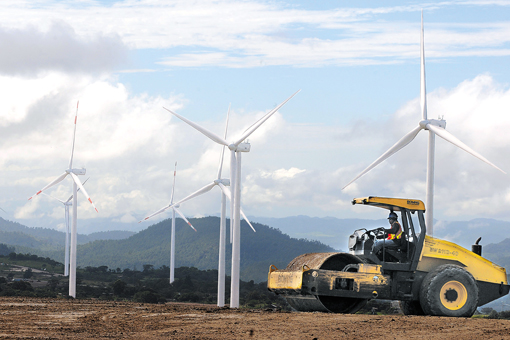In the past decade, Mexico has made strengthening ties with Latin America a top priority, reorienting its gaze from north to south. This is the product of two factors: criticism that Mexico was ignoring its southern neighbors, and strategic concern over Brazil’s assertion of leadership in the region.
Starting in the 1990s with the implementation of the North American Free Trade Agreement (NAFTA), Mexico focused its economic and diplomatic energy north, neglecting Latin America. This began to change in the late 1990s, in part due to pressure from Mexico’s southern neighbors.
Equally motivating, however, was the desire to counter Brazil’s ambition of becoming the regional heavyweight. As Brazil created new institutions that exclude Mexico, such as the Unión de Naciones Suramericanas (Union of South American Nations—UNASUR), and sought a permanent seat on an expanded UN Security Council, Mexico attempted to extend its own profile and leadership in the region. Key to this effort was reinforcing its relationship with Central America.
Each successive president since Vicente Fox (2000–2006) has promised to engage more with Central America. The realignment has intensified under President Enrique Peña Nieto, who has made strengthening the relationship with Latin America a priority on his administration’s foreign policy agenda…





